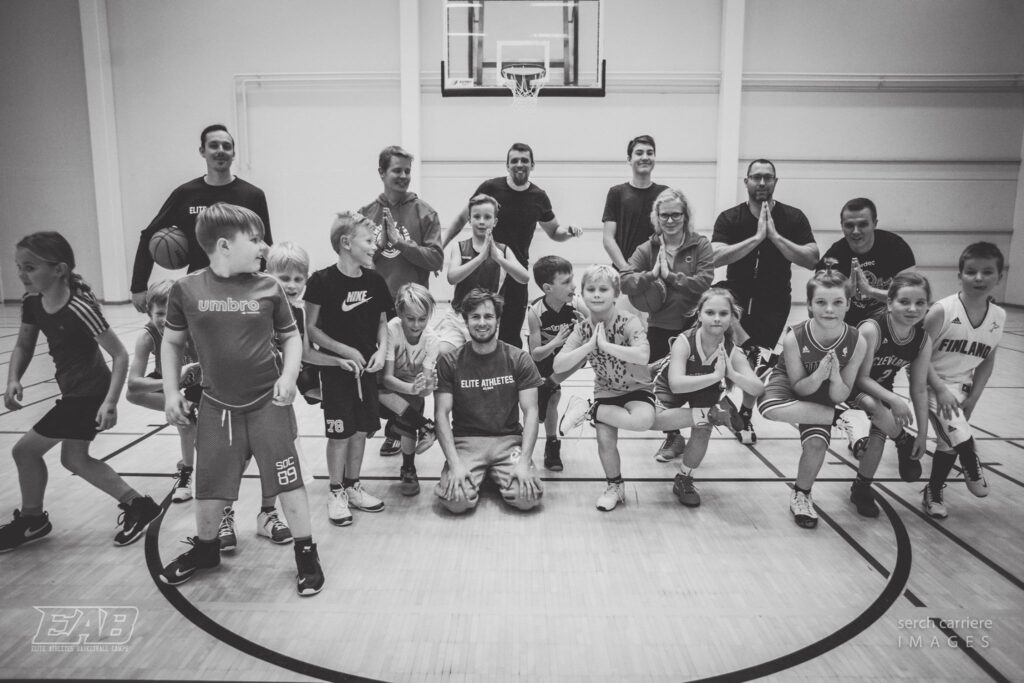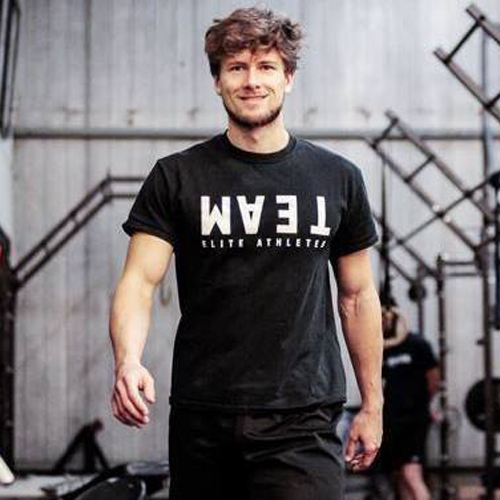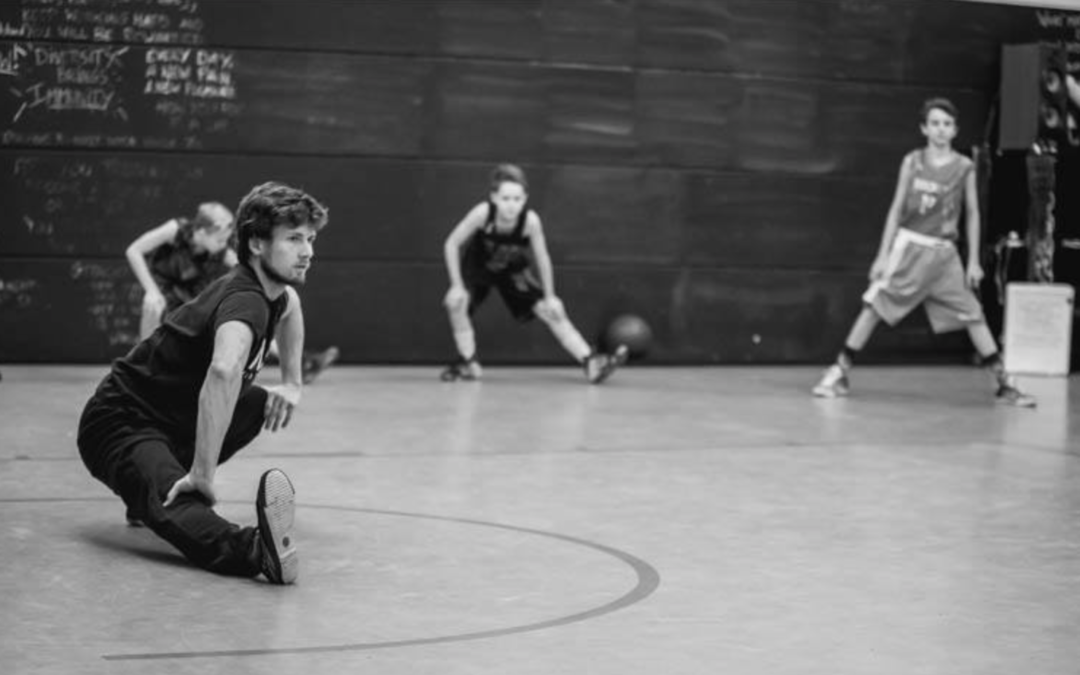In-season athletic development (AD*) sessions and planning are a different beast than the time freedom we have during the off-season. Kids are on a school schedule and evenings at the Facility are packed.
Right now this means kids come in and have 90 minutes on court and 25-30 minutes (depending how fast they’re able to take off their shoes) off-court in the AD* area of the Facility.
In-season I prefer to deepen and maintain the teachings I shared with the kids during the longer off-season sessions.
Right now the material we have integrated into the team’s AD programs tries to cover the following three topics:
- Mobility & full-body coordination
- Jumping coordinations, landing variations & speed circuit
- Strength basics
Today I’ll share a bit about a question I often get:
“if you had 5 minutes to do mobility before practice, what would you do?”
Mobility & full-body coordination

Focus on basics basics basics!
Where do basketball players often get injured and what have I noticed in our groups during the past months of working together?
This will give me data and orientation on where (e.g. locations in the body, movement patterns) to develop more awareness, resilience and kinetic potential with the players.
The less inhibition and blind spots there are in the body, the more our players can work towards their athletic potential so make daily “joint check-ups” a priority when players enter the gym.
Further I don’t just want to end up doing only “fixing” work, I want them to actually move better – more explosively and rhythmically – on the court: what is the physical sub-base that allows for such dynamic athletic performance?
Some observations:
- Basketball players’ toes and feet needs extra work to recover from constantly being packed in the compact shoes, we combine this with some simple balancing games or exercise.
- Freedom in the ankle is a major issue and source of knee pain: can the knee move in front of the toe when the heel is planted?
- Many players have fear to move into the knees so we need to address this often by spending time with knee rotations and different basic squatting patterns
- Hip mobility we address using transitional squats to not just stretch but actually get the body used to going into low athletic positions and develop the ability to move in there
- Lower back issues are often related to a limitation in the hips and at the same time we see that taller players benefit from developing more awareness in the spine using simple spinal curving and waving exercises
- “Sub-base” coordinations: simple full-body patterns where we swing the arms to develop better hip-shoulder inter-connection and hand-feet inter-connection
Depending on time and concentration levels of the group we practice the above using individual exercises or athletic development games that work on those qualities.
After working on the above topics, we’d then increase the tempo of the work by going into a jumping coordinations, landing & speed work circuit.
In the video below you see a more extended warm-up sequence we would use when there’s more time (off-season, camps, extended AD sessions to switch things up). At 4:34 you see a short mobility sequence that can be done in minimal time but through repetition will help players to get to know their body better and locate early where the body is getting tired or where future injury might happen if something’s not attended to.
I’ll share more about that in a subsequent post on our in-season AD sessions.
Good practice!

Olivier Goetgeluck is co-founder of Elite Athletes and has the role of Play-Perform Director at the Elite Academy. He is educated as an instructor at Fighting Monkey Practice. Follow Olivier through instagram @goetgeluck or connect at olivier.goetgeluck@eliteathletes.be.

